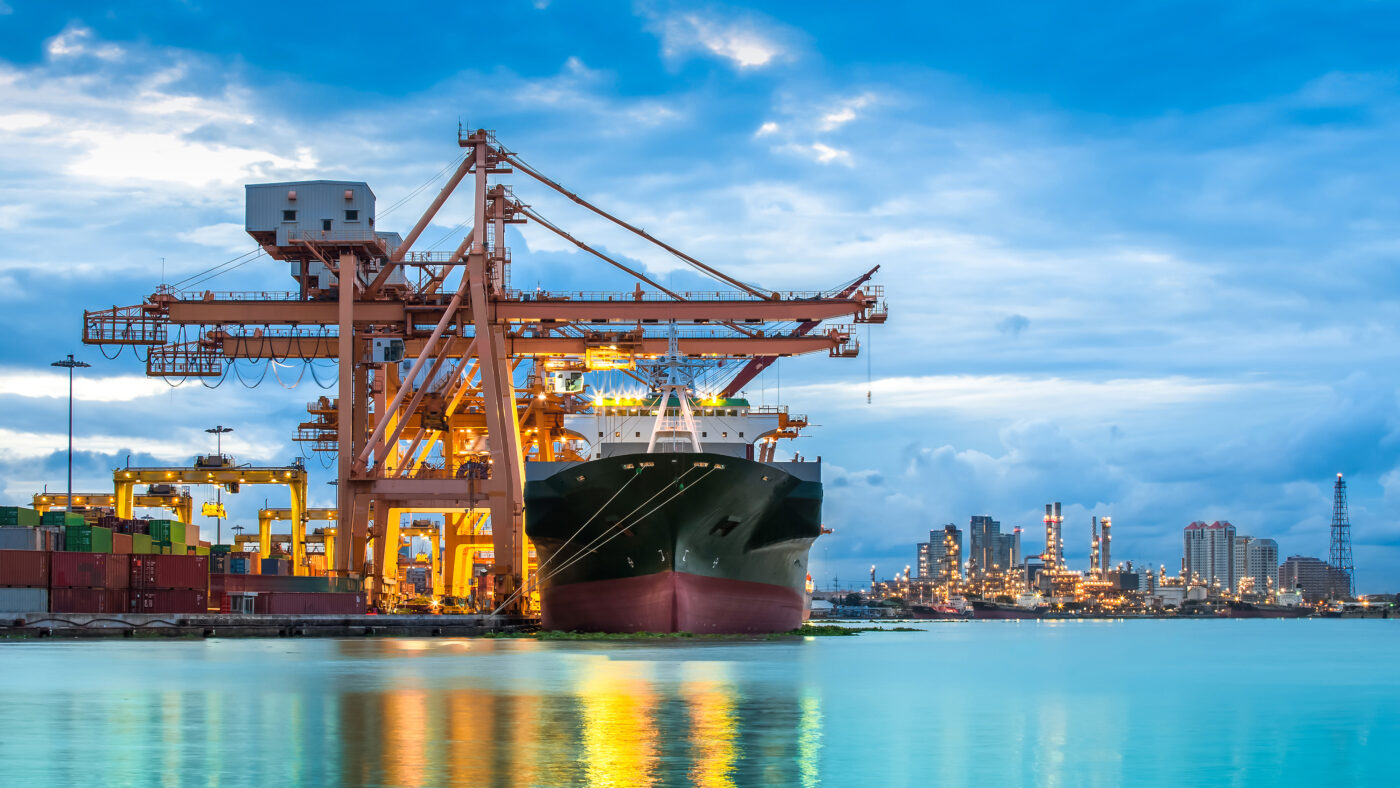Navigating the Complexities of Marine Bunkering
Marine bunkering — the process of supplying ships with fuel — plays a vital role in global shipping operations. Despite its frequency, bunkering is anything but routine. It requires a careful balance of operational coordination, regulatory compliance, and environmental awareness.
What is Bunkering?
Bunkering refers to transferring fuel to a vessel, whether from a fuel barge, pipeline, or dockside terminal. It’s essential not only for keeping vessels moving, but also for ensuring safety and efficiency on long-haul voyages.
Why Is It So Complex?
There are several reasons:
-
Coordination Between Multiple Parties: Shipowners, charterers, suppliers, surveyors, and port authorities must all be aligned.
-
Regulatory Compliance: IMO rules (like MARPOL Annex VI) mandate fuel quality and emissions standards.
-
Time Pressure: Bunkering often happens alongside other port operations, with limited time for delays or mistakes.
-
Environmental Risk: Spills or procedural lapses can lead to serious consequences for ecosystems and reputations.
Common Challenges
-
Miscommunication between parties
-
Inaccurate quantity or quality of fuel delivered
-
Paperwork delays or incorrect documentation
-
Safety risks during transfers
Best Practices for Smooth Bunkering
-
Always conduct a pre-bunkering meeting with all stakeholders
-
Double-check documentation and specifications
-
Ensure proper tank preparation and cleanliness
-
Conduct flow rate checks and sampling
-
Use a certified bunker surveyor when possible
📝 Summary:
This article highlights the operational and regulatory complexity of marine bunkering, identifies common challenges, and outlines best practices to reduce risk and ensure compliance.

